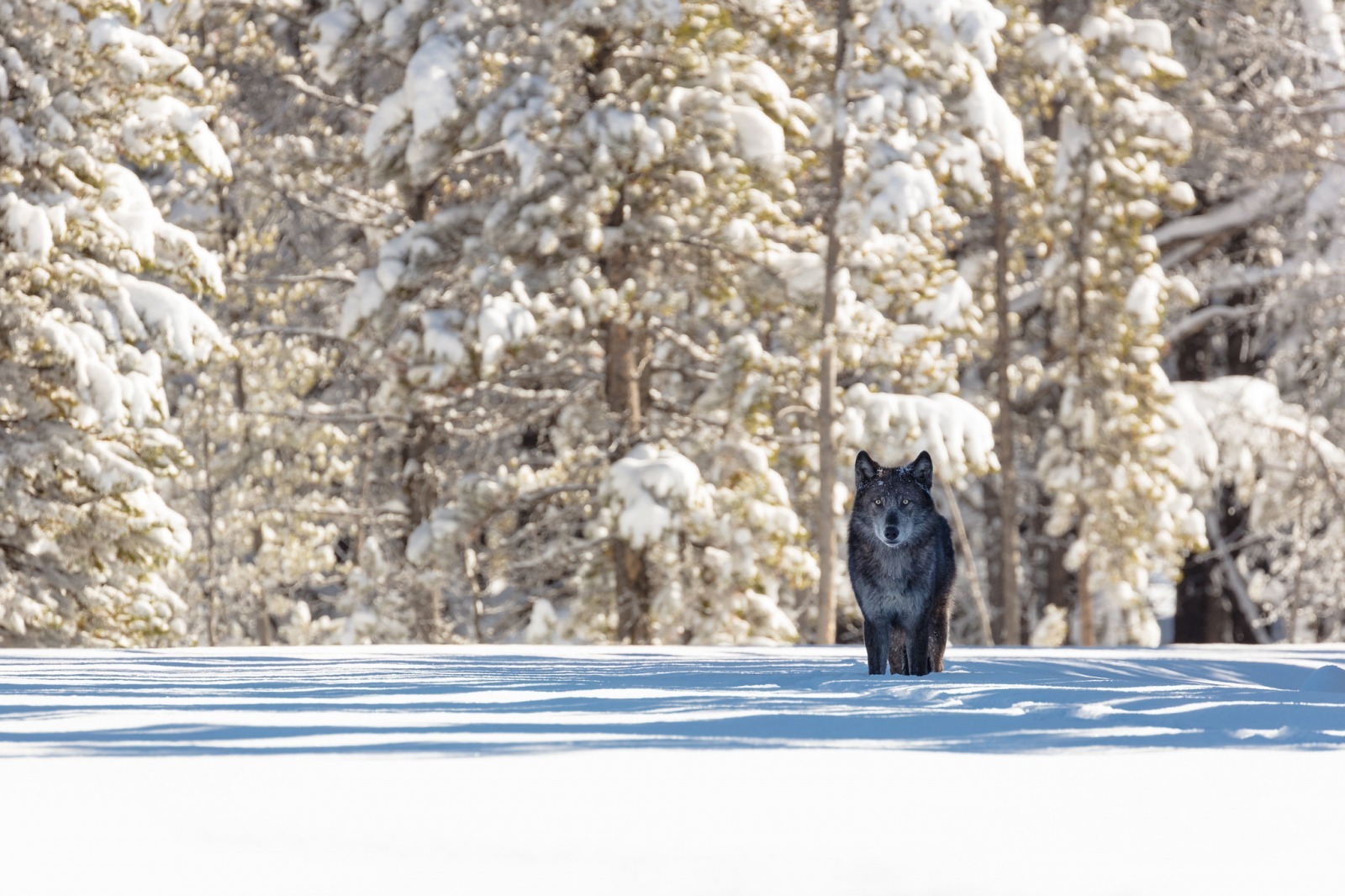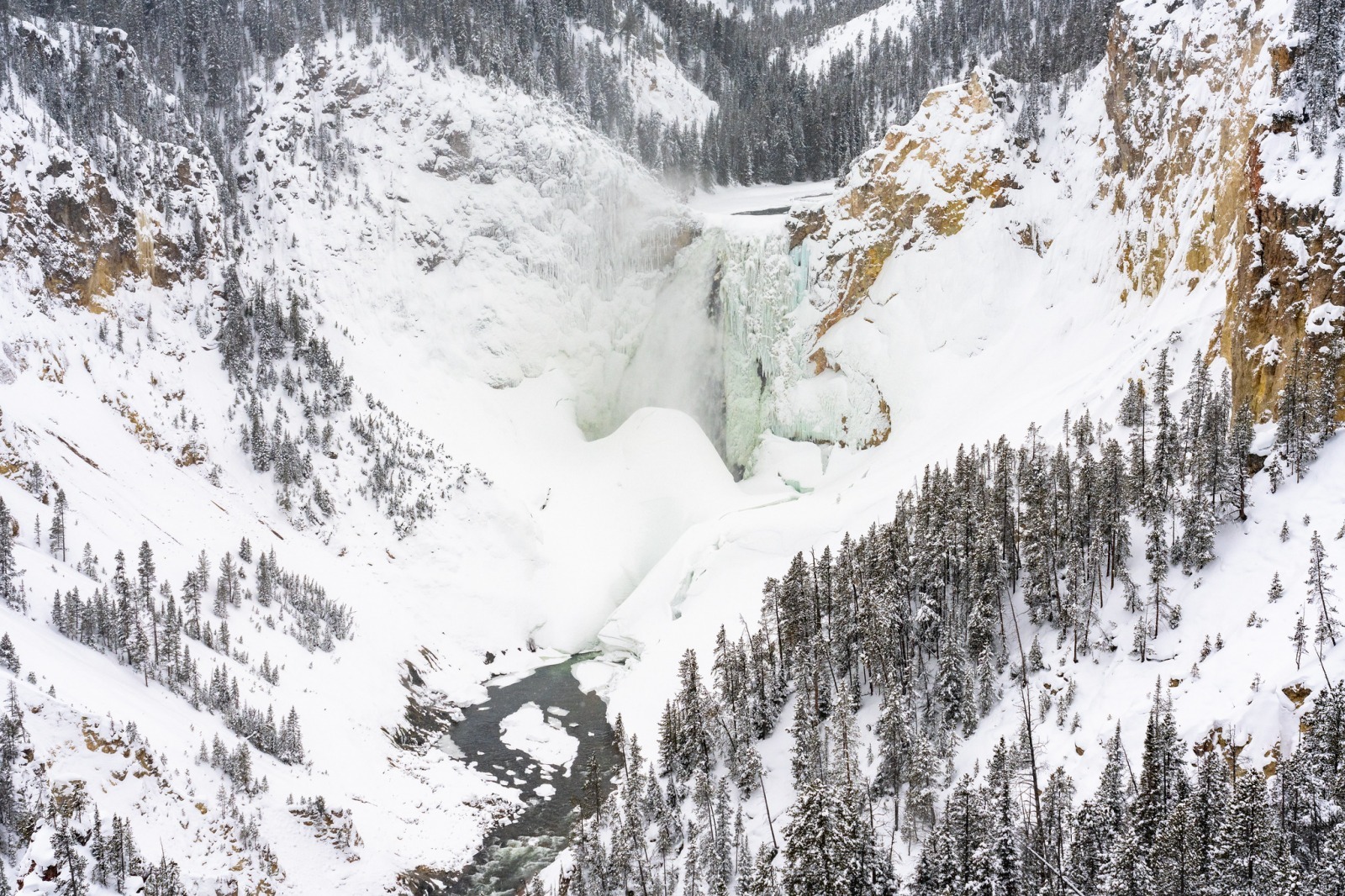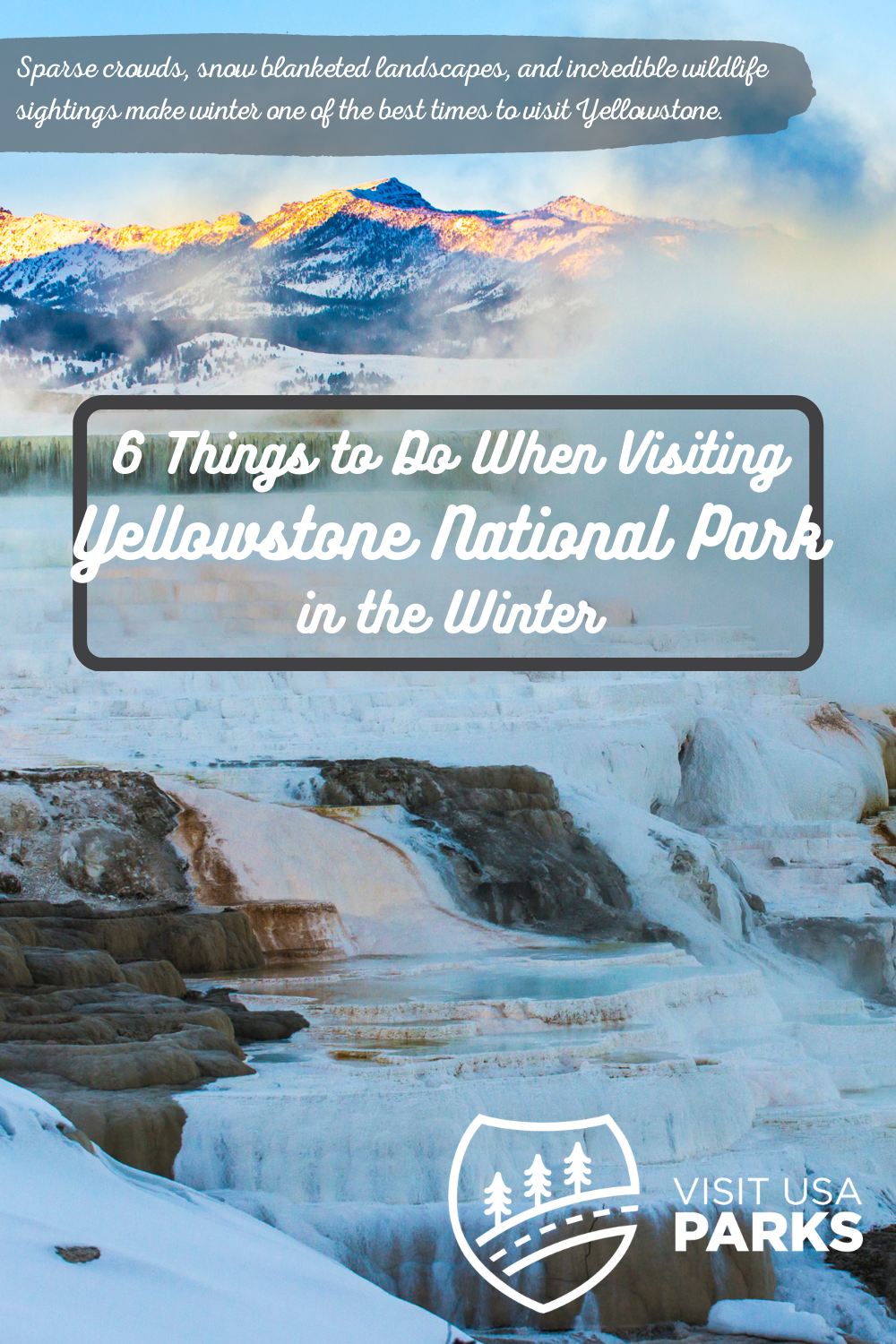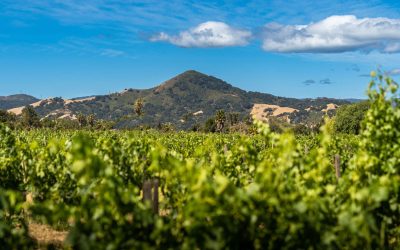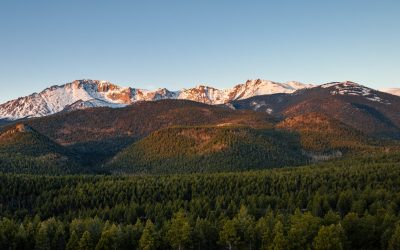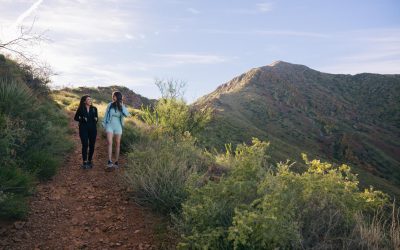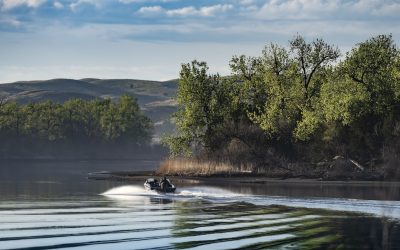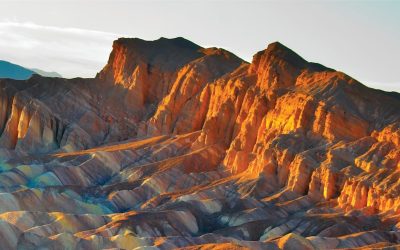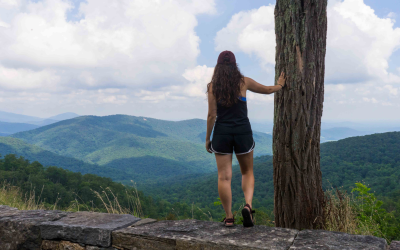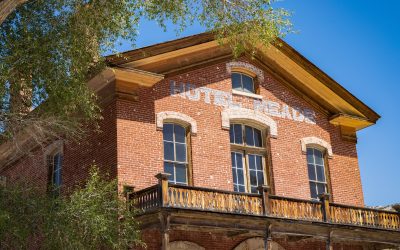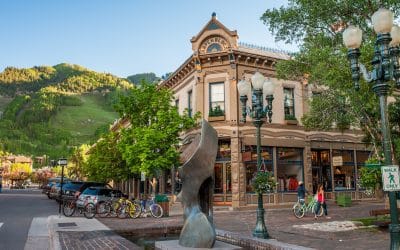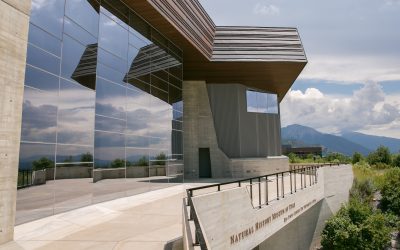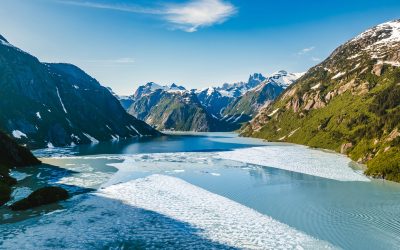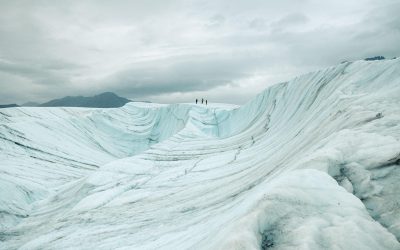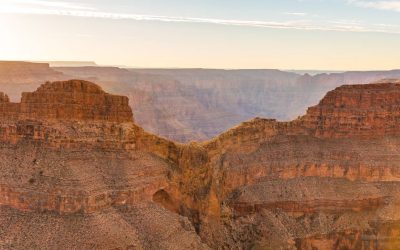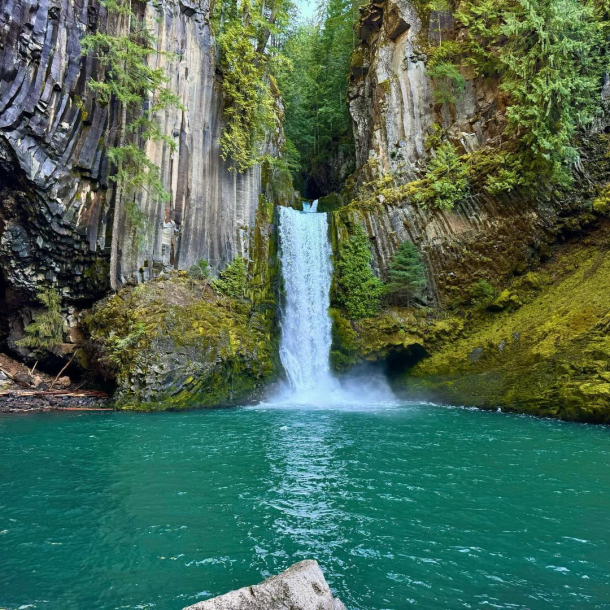1. Take a Snowcoach or Snowmobile Tour
First of all, who wouldn’t want to take a ride in a vehicle that looks as cool as a snowcoach. These vehicles are able to drive on many of the park roads that are closed to the public in the winter, making it an ideal way (and often the only way) to see some of the park’s popular destinations like Grand Canyon of the Yellowstone, Old Faithful, and West Thumb Geyser Basin. Guided snowmobile tours are another great option for seeing Yellowstone in winter. To book a snowmobile or snowcoach tour, check the list of authorized snowcoach and snowmobile tour operators. Also, if you are interested in going snowmobiling in Yellowstone without a guide, you’ll need to go through the Non-commercially Guided Snowmobile Access Program.
Photo credit: National Park Service – Jacob W. Frank2. Watch Wildlife
Yellowstone National Park is known for its wildlife. Bison, wolves, and bears roam the land. One of the most entertaining wildlife watching opportunities, especially in the winter, is river otters. Take a look at these river otters who are clearly living their best winter life. A few of the places that you may see these adorable otters in Yellowstone are on the banks of the Lamar River, Madison River, Yellowstone River, Soda Butte Creek and Lewis River. One of the most well-known places to see wildlife in Yellowstone National Park is Lamar Valley. No matter the season, it’s likely that you’ll spot some wildlife in this area. During the winter, bison, wolves, coyotes, and deer are often seen in this area. Other wildlife sightings in and near Yellowstone National Park during the winter include elk, foxes, bighorn sheep, and maybe even a cougar or a moose.
Photo credit: National Park Service – Jacob W. Frank3. Snap Stunning Photos
This probably seems like a given these days, but seriously, plan to take loads of photos. If you own a camera that’s not your phone, bring it. If you know someone that owns a digital/DSLR camera, consider asking them if you can borrow it for this trip. When you visit Yellowstone in winter, you may have the chance to get a once-in-a-lifetime photo. Whether it’s a river otter sliding down a snow bank, a geyser steaming in crisp winter air, or a breathtakingly beautiful scene with a frozen waterfall, you’ll want to be prepared to capture it in the best quality possible. It’s no wonder why so many photographers offer photo tours in Yellowstone.
Photo credit: National Park Service – Jacob W. Frank4. Snowshoe, Cross Country Ski & Hike Snow-covered Trails
Yellowstone National Park is the perfect place to do some of your favorite winter activities. Enjoy the peaceful surroundings and take to the trails with skis, snowshoes, or some warm boots. Some of the best areas in Yellowstone for these activities include Mammoth Hot Springs, Old Faithful Geyser Basin, Tower, and Northeast. It’s always a good idea to check trail info and conditions before heading out. If you’re interested in renting equipment, there are a few places in the park that offer rentals of skis, snowshoes, and more.
Photo credit: National Park Service – Jacob W. Frank5. Soak in the River
On a chilly winter day, soaking in warm water feels incredible. In Yellowstone National Park, there are a couple of places where you can safely and legally take a dip in the water. The best option in the winter is the Boiling River. Where the warmer Boiling River meets the cooler Gardner River, a pool of warm water forms. You can expect pockets of both cold water and warm water so it may take a while to find the perfect spot where the water temperature is just right. Make sure you bring a towel and warm clothes to put on after since it’s about a half-mile walk back to the parking area. Be sure to heed all rules and warnings for swimming and soaking, and do not try to swim in any areas other than the designated swimming/soaking areas.
IMPORTANT UPDATE: Swimming at Boiling River is not currently possible because of impacts to the river from the 2022 floods in Yellowstone. You may want to plan to visit one of the hot springs near Yellowstone instead.
View this post on Instagram
6. Stay in a Yurt
The Yellowstone Expeditions Yurt Camp is an amazing experience for those seeking a unique lodging opportunity, a little extra adventure, or a basecamp for backcountry skiing. The camp, located approximately a half-mile from Grand Canyon of the Yellowstone, has yurts and yurtlets (smaller heated huts) as well as a dining room yurt and a sauna. Staying at a yurt camp during winter in Yellowstone is definitely a memorable experience!
View this post on Instagram
Notes, Tips & Other Helpful Info
Here are a few things to consider when visiting Yellowstone in the winter.
- Be aware that only one entrance is open During the winter, only the north entrance (near Gardiner, MT) of Yellowstone National Park is open to public vehicles. Some snowmobile and snowcoach tours use other entrances, but if you are planning to enter the park with your own vehicle, you must use the north entrance.
- Give yourself enough time Because many roads inside the park are closed to the public during the winter, it takes a little more time to get around the park. With that in mind, don’t expect to be able to visit all areas of the park in just one day. Give yourself at least a couple of days so you can make the most out of your visit.
- Research available tours and excursions One of the only ways to see certain parts of Yellowstone during the winter is to book a tour or excursion. This may be a little outside the comfort zone for those that tend to prefer exploring independently, but it’s often worth it.
- Bring appropriate gear This may seem like common sense, but it is important. If you plan to do any sightseeing outside, bring a warm jacket, gloves, hat, snow boots, ski pants or other insulated pants, and wool socks. Yaktrax or crampons, snowshoes, and hiking poles may also be helpful for exploring.
Areas Near Yellowstone to Explore
Looking for other places near Yellowstone to explore? Check out these suggestions!
- 3 Winter Activities in the Eastern Idaho Yellowstone Teton Territory
- Dubois, Wyoming: Home Base for Exploring Winter in Yellowstone
- Winter Family Fun in West Yellowstone
Now, get started planning your winter Yellowstone trip and make all your winter wonderland dreams come true!


